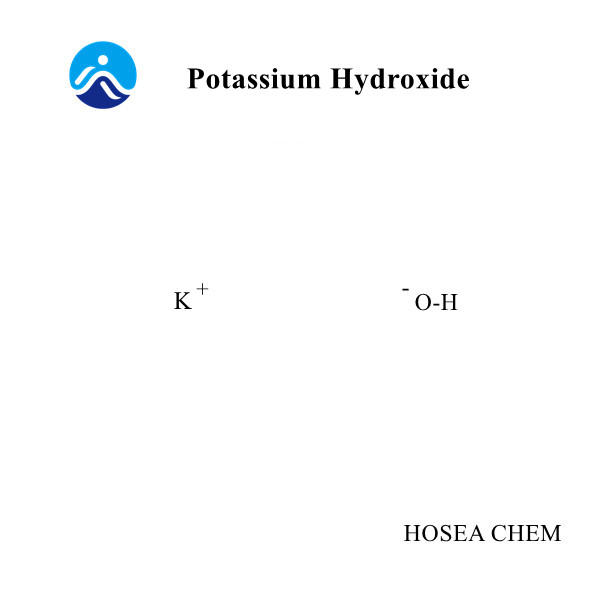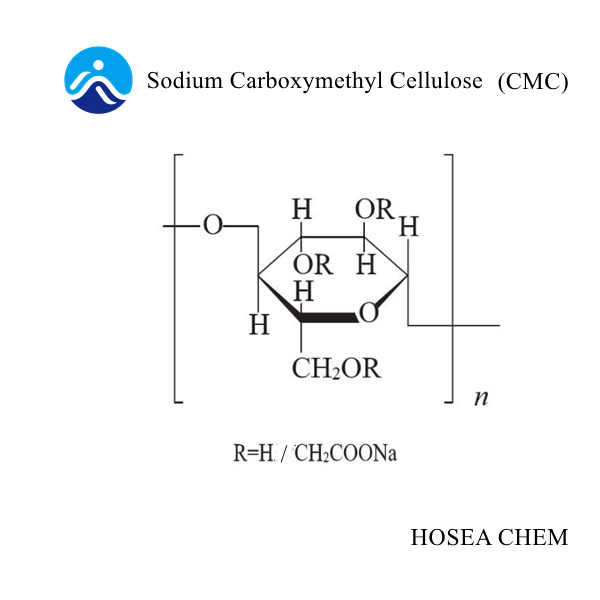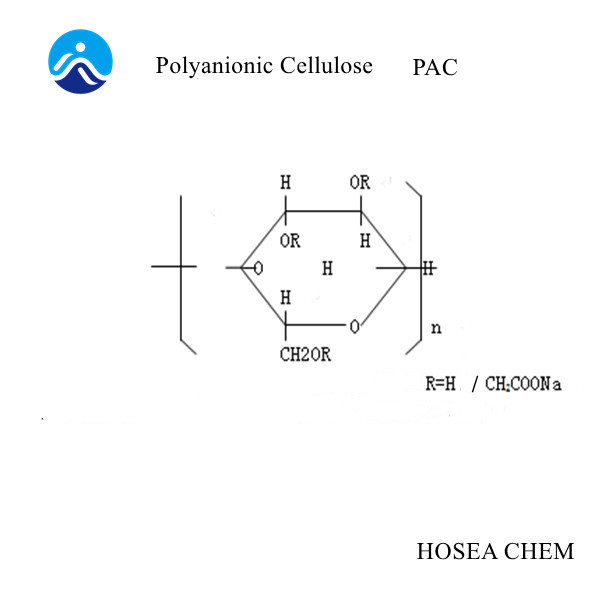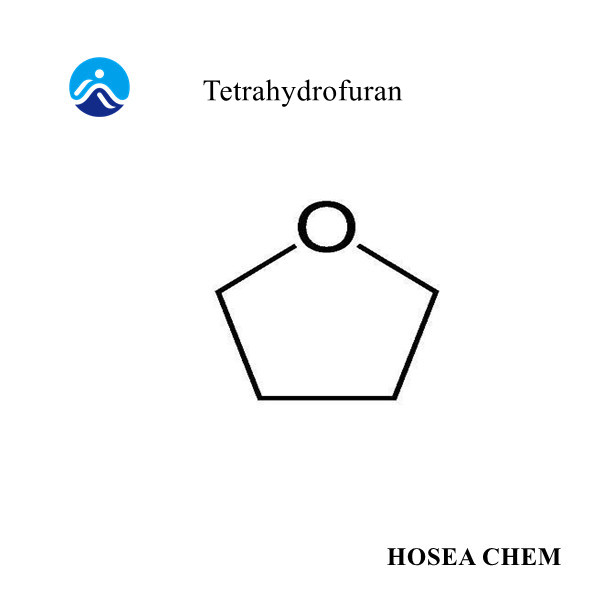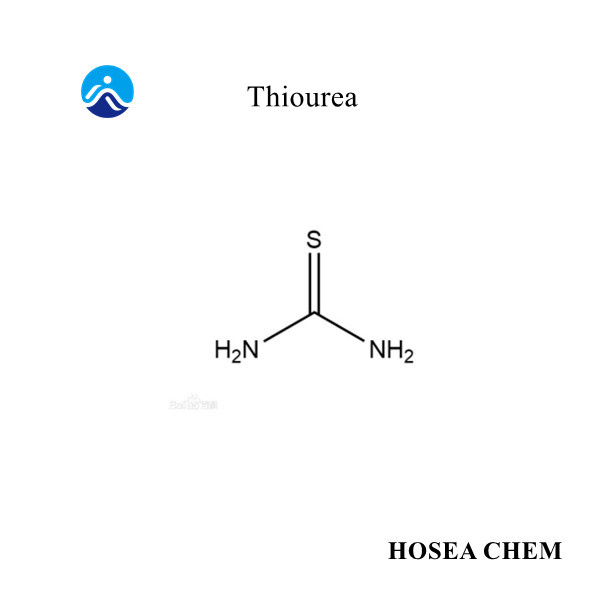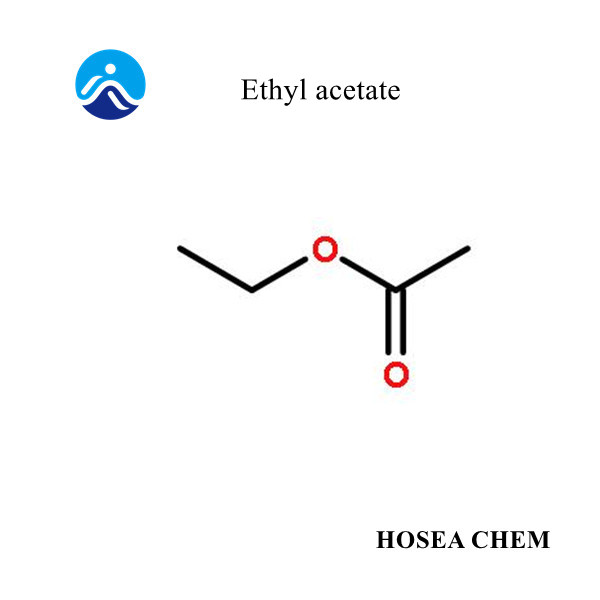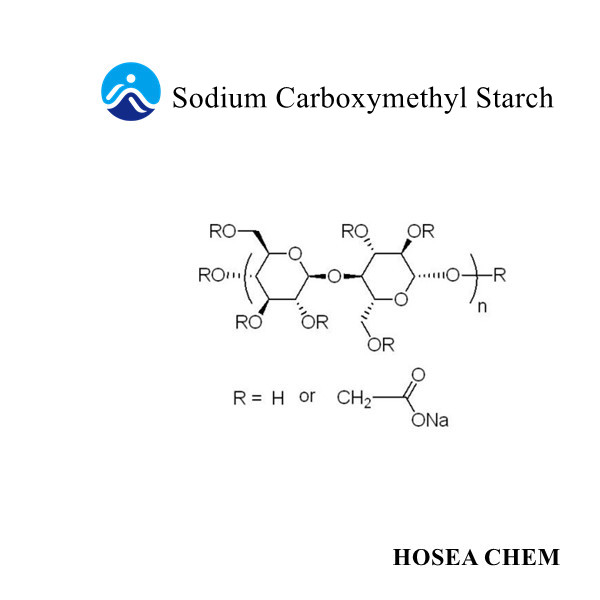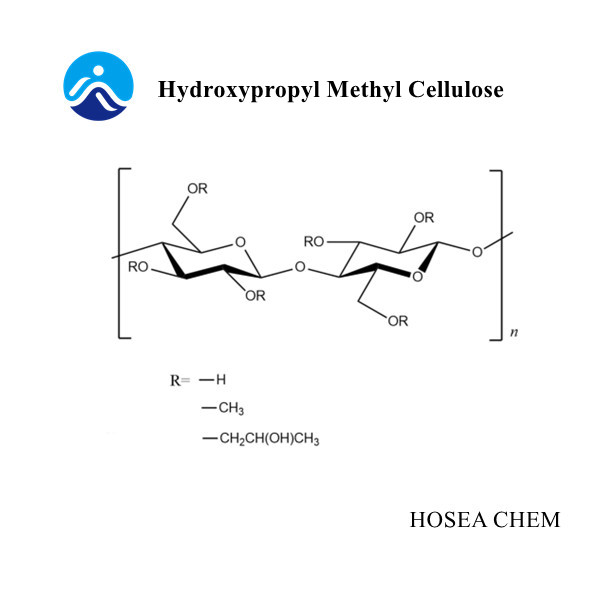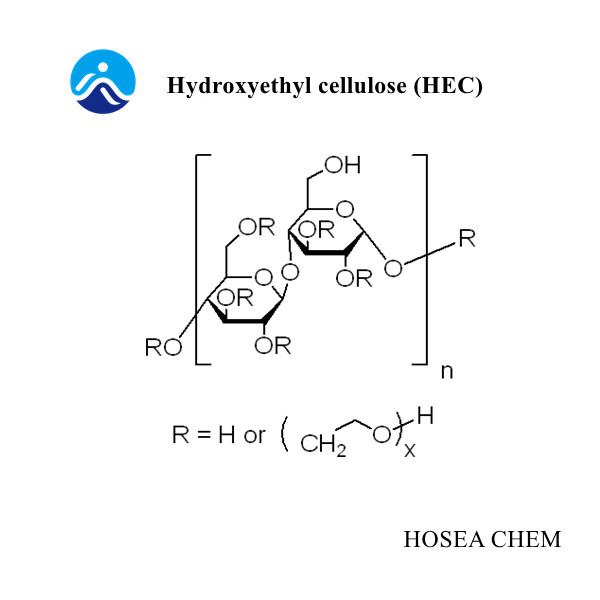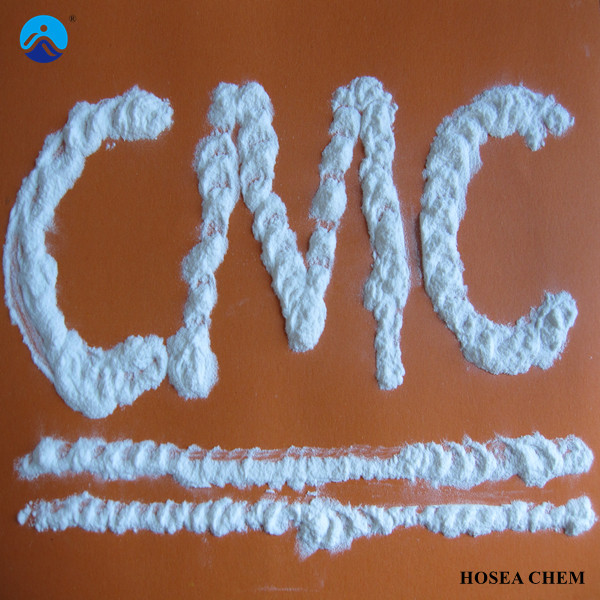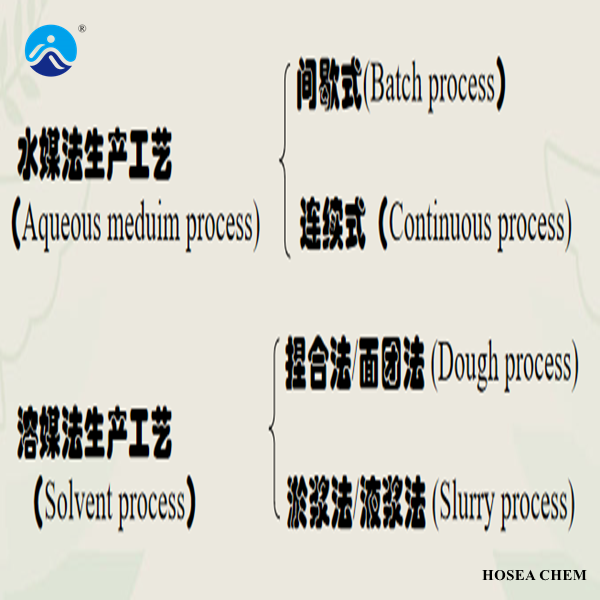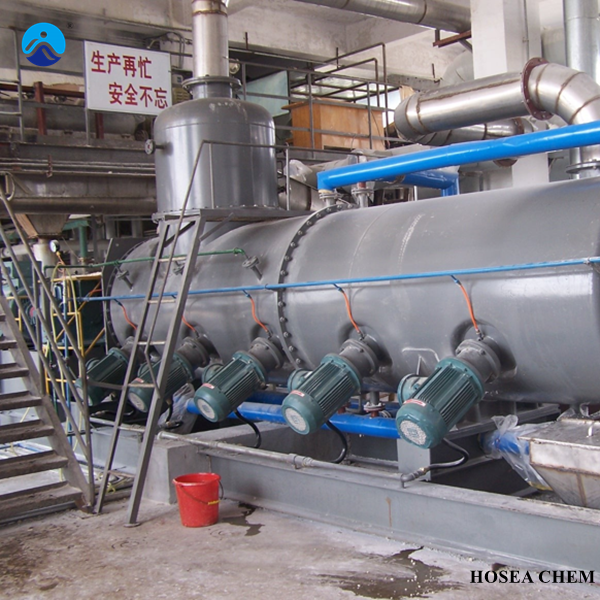Product characteristics of sodium carboxymethyl cellulose
2021-11-06Product characteristics of sodium carboxymethyl cellulose
1. CMC is white or slightly yellow fibrous granular powder, tasteless, odorless, non-toxic, easily soluble in water, and forms a transparent viscous colloid, the solution is neutral or slightly alkaline. It can be stored for a long time without deterioration, and it is stable under low temperature and sunlight. However, due to the rapid change in temperature, the pH of the solution changes. Under ultraviolet radiation and the influence of microorganisms, it can also cause hydrolysis or oxidation, decrease in solution viscosity, and even solution corruption. If the solution needs to be stored for a long time, you can choose suitable preservatives, such as formaldehyde, phenol, benzoic acid, organic mercury compounds, etc. .
2. CMC is the same as other polymer electrolytes. When dissolving, swelling occurs first, and the particles adhere to each other to form a film or viscose mass, which makes it impossible to disperse, but to dissolve slowly. Therefore, when preparing its aqueous solution, if the particles can be uniformly wetted first, the dissolution rate can be significantly increased.
3. CMC is hygroscopic. The average moisture of CMC in the atmosphere increases with the increase of air temperature, and decreases with the increase of air temperature. When the average temperature of room temperature is 80%-50%, the equilibrium moisture is above 26%, and the product moisture Less than 10%. Therefore, product packaging and storage should be protected from moisture.
4. Zinc, copper, lead, aluminum, silver, iron, tin, chromium and other heavy metal salts can precipitate the CMC aqueous solution. The precipitate can be re-dissolved in sodium hydroxide or ammonium hydroxide solution except for basic lead acetate. .
5. Organic or inorganic acids will also cause precipitation in the solution of this product. The precipitation phenomenon varies with the type and concentration of the acid. Generally, precipitation will occur when the pH is below 2.5, and it can be recovered after neutralization with alkali.
6. Calcium, magnesium and table salt, etc., do not have a precipitation effect on the CMC solution, but reduce the viscosity.
7. CMC has compatibility with other water-soluble glues, softeners, resins, etc.
8. The film drawn by CMC is immersed in acetone, benzene, butyl acetate, carbon tetrachloride, castor oil, corn oil, ethanol, ether, dichloroethane, petroleum, methanol, methyl acetate, methyl ethyl at room temperature Base ketone, toluene, turpentine, xylene, peanut oil, etc. can be unchanged within 24 hours.
9. The appearance of this product is fine powder or coarse grain, or it is still fibrous. It is different only due to different processing and has nothing to do with its physical and chemical properties.
10. CMC is easy to use, cold water or 40-50℃ warm water can be directly added to dissolve, avoiding the tedious operation of heating and dissolving some chemical products.


